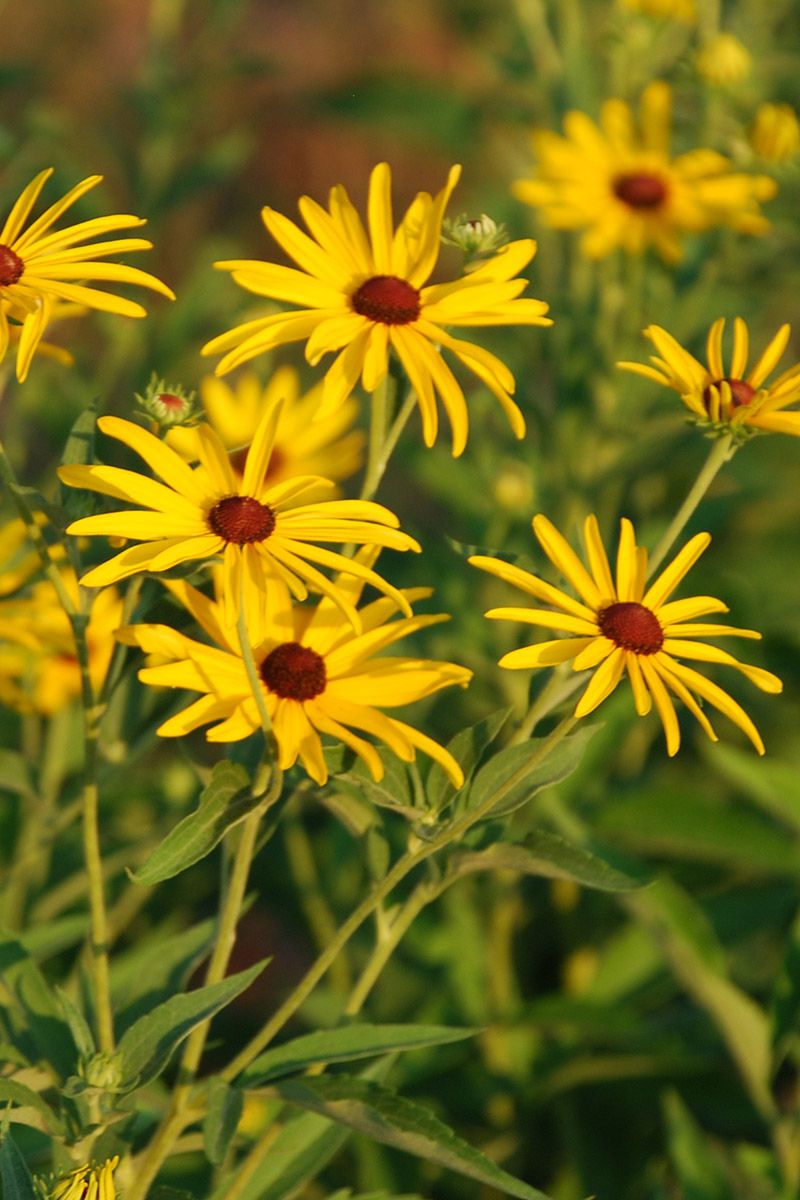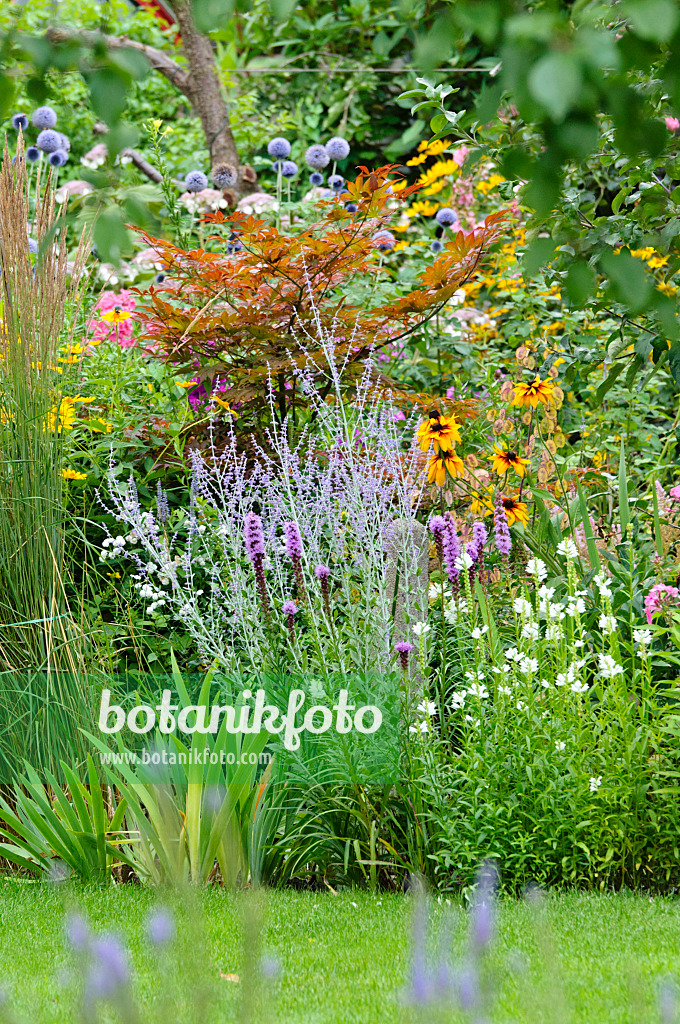Obedient Plant Companions That Will Make Your Garden Pop
Obedient Plant Companions That Will Make Your Garden POP
Obedient plant (Physostegia virginiana) is a showy perennial that blooms in late summer with spikes of pink, purple, or white flowers. It's a relatively easy plant to grow and care for, and it's a great addition to any garden. But what if you want to make your obedient plant garden really pop? Here are a few companion plants that will complement the obedient plant's colors, textures, and growth habits.
1. Bee balm (Monarda)
Bee balm is a native North American herb that blooms in shades of pink, purple, and red. It's a great companion plant for obedient plant because it attracts the same pollinators, such as bees, butterflies, and hummingbirds. Bee balm also has a similar growth habit to obedient plant, so they will look great planted together in a border or cottage garden.
2. Shasta daisy (Leucanthemum)
Shasta daisy is a classic white daisy that blooms in late spring and early summer. It's a low-maintenance plant that's easy to grow in most types of soil. Shasta daisy will contrast nicely with the taller, spikier obedient plant, and the two plants will bloom at different times of the year, so you'll have flowers in your garden all season long.
3. Russian sage (Perovskia)
Russian sage is a tall, airy perennial that blooms in shades of blue and purple. It's a great choice for adding height and interest to the back of a border. Russian sage will complement the obedient plant's colors and textures, and it will also attract pollinators.
4. Coneflower (Echinacea)
Coneflower is another native North American wildflower that blooms in shades of pink, purple, and white. It's a hardy plant that can tolerate a variety of conditions, including poor soil and drought. Coneflower will add a touch of fall color to your garden, and it will also attract pollinators.
5. Asters (Aster)
Asters are a diverse group of plants that come in a wide range of colors, including pink, purple, blue, and white. They bloom in late summer and fall, so they're a great choice for extending the color in your garden. Asters will complement the obedient plant's colors and textures, and they will also attract pollinators.
6. Sedum (Sedum)
Sedum is a succulent plant that blooms in shades of pink, purple, and white. It's a low-maintenance plant that's drought-tolerant and deer-resistant. Sedum will add a touch of texture and interest to your garden, and it will also bloom in late summer and fall, so it will extend the color in your garden.
7. Ornamental grasses (Miscanthus)
Ornamental grasses are a great way to add height and movement to your garden. They come in a wide range of colors and textures, so you can find the perfect ones to complement your obedient plant. Ornamental grasses will also add interest to your garden in the winter, when most other plants are dormant.
These are just a few of the many companion plants that you can pair with obedient plant. When choosing companion plants, it's important to consider the plant's size, color, texture, and growth habit. You also want to make sure that the plants have similar water and sunlight requirements. By taking these factors into consideration, you can create a beautiful and harmonious garden that will pop with color all season long.
FAQ of obedient plant companions
Q: What are some good companions for obedient plants?
A: Obedient plants (Physostegia spp.) are hardy perennials that grow in full sun to partial shade and prefer moist, well-drained soil. They are relatively deer resistant and can tolerate heat and humidity. Some good companions for obedient plants include:
- Other shade-loving perennials, such as hostas, ferns, and bleeding hearts
- Plants that enjoy moist soil, such as cannas, elephant ears, and cardinal flowers
- Tall flowers that can help to hide the obedient plant's lower foliage, such as delphiniums, hollyhocks, and cosmos
- Plants with complementary colors, such as bluebells, lavender, and yellow roses
Q: What are the colors of obedient plants?
A: Obedient plants typically bloom in shades of pink, purple, or white. However, there are also some varieties that bloom in yellow or red. The flowers are trumpet-shaped and arranged in tall spikes.
Q: Why is it called obedient plant?
A: The obedient plant is called so because its flowers can be moved and will stay in place for a short period of time. This is due to the fact that the flowers are attached to the plant by a flexible stalk.
Q: How do I care for obedient plants?
A: Obedient plants are relatively easy to care for. They need full sun to partial shade and moist, well-drained soil. They should be watered regularly, especially during hot, dry weather. Obedient plants do not need to be fertilized often, but a light application of fertilizer in the spring can help to promote healthy growth.
Q: How do I propagate obedient plants?
A: Obedient plants can be propagated by division or by seed. Division is the most common method and is best done in the spring or fall. To divide an obedient plant, carefully dig up the plant and use a sharp knife to divide it into two or more sections. Each section should have at least a few roots and some leaves. Plant the divisions in well-drained soil and water them regularly.
Image of obedient plant companions
Here are 5 different images of "obedient plant companions" from Pinterest:
- Obedient plant and coneflower. The obedient plant's tall spikes of lavender flowers complement the coneflower's bright yellow blooms.
- Obedient plant and black-eyed Susan. The obedient plant's dark green foliage provides a backdrop for the black-eyed Susan's cheerful yellow flowers.

- Obedient plant and sunflower. The obedient plant's tall spikes of lavender flowers can be used to frame the sunflower's large, round blooms.

- Obedient plant and rudbeckia. The obedient plant's dark green foliage and lavender flowers complement the rudbeckia's orange and yellow blooms.

- Obedient plant and cosmos. The obedient plant's tall spikes of lavender flowers can be used to frame the cosmos's delicate pink or white blooms.

Post a Comment for " Obedient Plant Companions That Will Make Your Garden Pop"